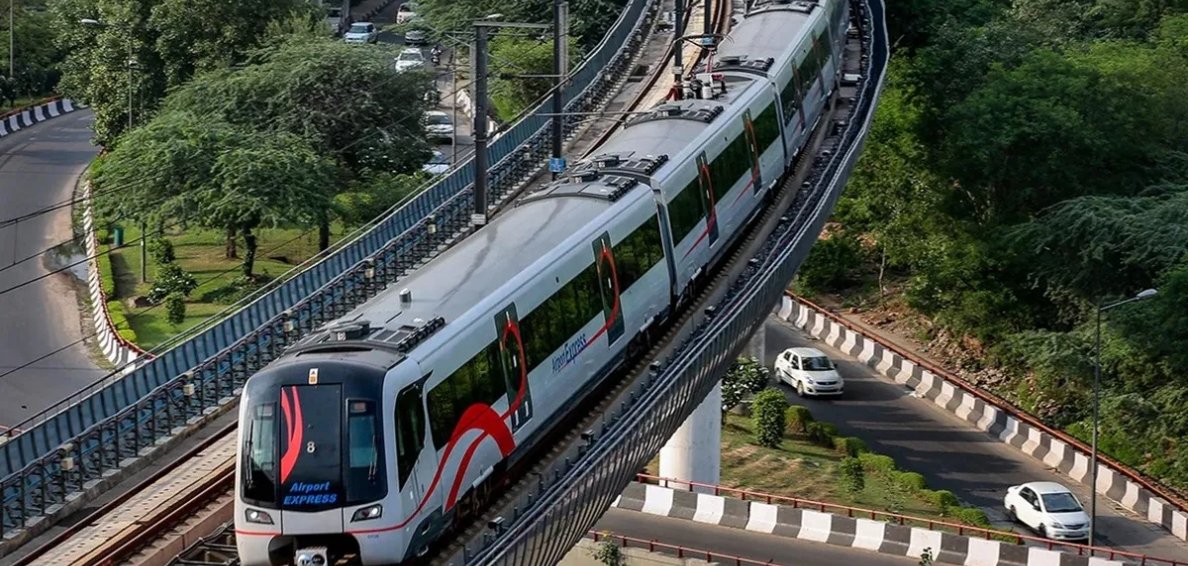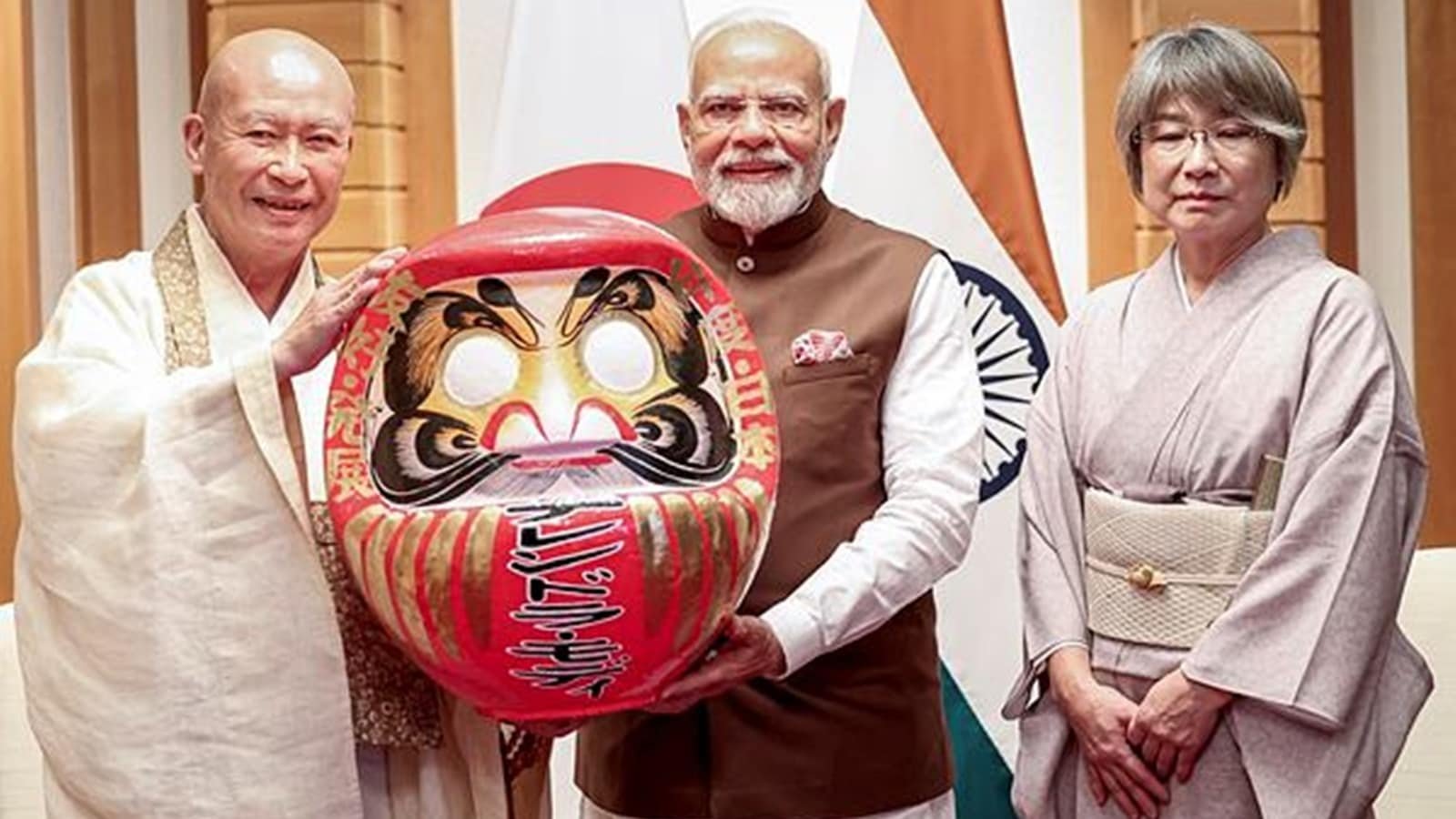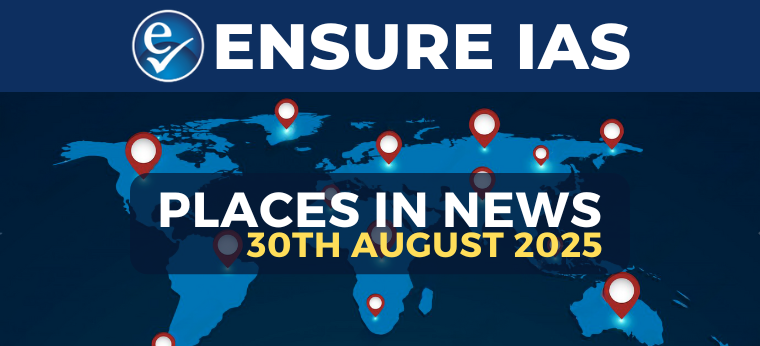- As of 2025, India is home to the 3rd-largest metro network in the world, covering more than 1,000 kilometers across 23 cities and 11 states.
- Over the past decade, India has experienced a remarkable transformation in urban mobility, with metro systems playing a pivotal role in reshaping how millions of people commute across cities.
- The metro’s rapid expansion has not only provided a faster, safer, and more reliable mode of transport but also contributed significantly to improving the Ease of Living in Indian cities.
Key Developments in the Metro Sector:
- On January 5, 2025, Prime Minister Narendra Modi made a historic announcement in Delhi, significantly enhancing India’s metro infrastructure with the launch of several new projects. Some of the key highlights include:
- Inauguration of the Delhi-Ghaziabad-Meerut Namo Bharat Corridor: A 13 km stretch that aims to dramatically reduce travel time between Delhi and Meerut, benefitting millions in the region.
- Delhi Metro Phase-IV Expansion: A 2.8 km stretch in West Delhi to enhance connectivity within the capital city.
- Rithala-Kundli Metro Section: Laying the foundation for a 26.5 km stretch to connect Delhi and Haryana, a critical step toward enhancing cross-border transportation.
- These developments are part of a larger vision to make public transport in India faster, more accessible, and more eco-friendly, aligning with the government’s broader goal of urban mobility transformation.
India’s Rise to the Third-Largest Metro Network
- India’s metro system has grown exponentially in the past few years.
- The nation now ranks 3rd globally in terms of the operational length of metro systems, with over 1,000 km of track connecting millions of commuters every day.
- India surpassed Japan’s metro projects in 2022, and the country is well on its way to becoming the 2nd-largest metro network in the world.
- This impressive achievement reflects not just infrastructure growth, but also the need for sustainable, efficient, and scalable urban transport solutions to combat growing urbanization challenges.
Milestones in Metro Development:
India’s metro journey dates back to the late 20th century, with pivotal milestones that have shaped the modern metro systems in major cities.
Key Moments In The Development Timeline:
1969: The first official proposal for a metro system in India under the Metropolitan Transport Project.
- 1984: Kolkata Metro, India’s first-ever metro, began operations, covering a modest 3.4 km from Esplanade to Bhowanipur.
- 1995: Establishment of the Delhi Metro Rail Corporation (DMRC), which would later oversee the creation of Delhi’s vast and world-class metro system.
- 2002: Delhi Metro opened its first operational segment, between Shahdara and Tis Hazari.
- 2011: Bengaluru’s Namma Metro made its debut, and southern India saw significant progress in metro systems.
- 2017: The first underground metro section in Chennai began operations, marking a significant advancement in Southern India’s metro development.
- 2020: Kochi Metro‘s Phase 1 was completed, making Kerala a part of India’s expanding metro network.
These milestones show a steady and purposeful expansion, from the first metro line in Kolkata to sprawling metro systems that now span multiple regions of the country.
Cutting-Edge Innovations in Metro Systems:
India’s metro systems are not just about expanding tracks—they’re also adopting groundbreaking technologies and innovative solutions to enhance travel experience, safety, and sustainability. Key innovations include:
- Underwater Metro Tunnel in Kolkata: In 2024, PM Modi inaugurated India’s first underwater metro tunnel, which passes beneath the Hooghly River in Kolkata.
- The Esplanade-Howrah Maidan section is a world-class engineering marvel that showcases India’s capability in advanced infrastructure projects.
- Driverless Metro Trains: On December 28, 2020, India launched its first driverless metro service on the Magenta Line of Delhi Metro.
- The introduction of autonomous trains represents a monumental leap in automation, which can reduce operational costs and improve safety.
- Kochi Water Metro: In December 2021, Kochi, Kerala, became the first Indian city to launch the Water Metro Project, using electric hybrid boats to connect 10 nearby islands.
- This initiative provides a seamless integration of water transport with land-based metro systems.
- Metro Projects Under Development: Three new metro projects are set to further enhance connectivity and urban mobility in India:
- Bengaluru Metro: Expanding by 44 km across two new corridors to ease congestion in the IT hub.
- Thane Metro: A 29 km project to address growing congestion in Thane city, improving transport options for millions.
- Pune Metro: A 5.5 km extension to further enhance urban mobility in the city.
These innovations not only improve the quality of travel but also set benchmarks for metro systems worldwide.
India’s Metro Expertise Going Global
The Delhi Metro Rail Corporation (DMRC) has gained a good reputation for its expertise in metro development and has been instrumental in assisting other countries with their metro systems. Notable international collaborations include:
- Bangladesh: DMRC is overseeing the implementation of a metro system in Dhaka.
- Indonesia: Jakarta is working with DMRC to develop its metro network.
- Saudi Arabia: DMRC is consulting on the development of a metro system in Riyadh.
- Kenya and El Salvador: Both countries have approached DMRC for support in planning and implementing metro projects.
This global outreach highlights India’s rising influence in shaping the future of urban mobility, as countries look to India’s metro expertise to modernize their transport infrastructure.
Conclusion:
India’s metro systems have come a long way—from the humble beginnings of Kolkata Metro in 1984 to the vast and technologically advanced networks in cities like Delhi, Bengaluru, and Kochi. With cutting-edge innovations such as underwater tunnels, driverless trains, and hybrid water transport, India is setting new standards for urban mobility. As the metro network expands, it not only addresses pressing challenges such as urban congestion and pollution but also serves as a model for sustainable transport solutions worldwide. With continued investment and technological adoption, India is poised to become the global leader in urban mobility, ushering in a future where cities are better connected, more sustainable, and easier to navigate for millions of citizens.






